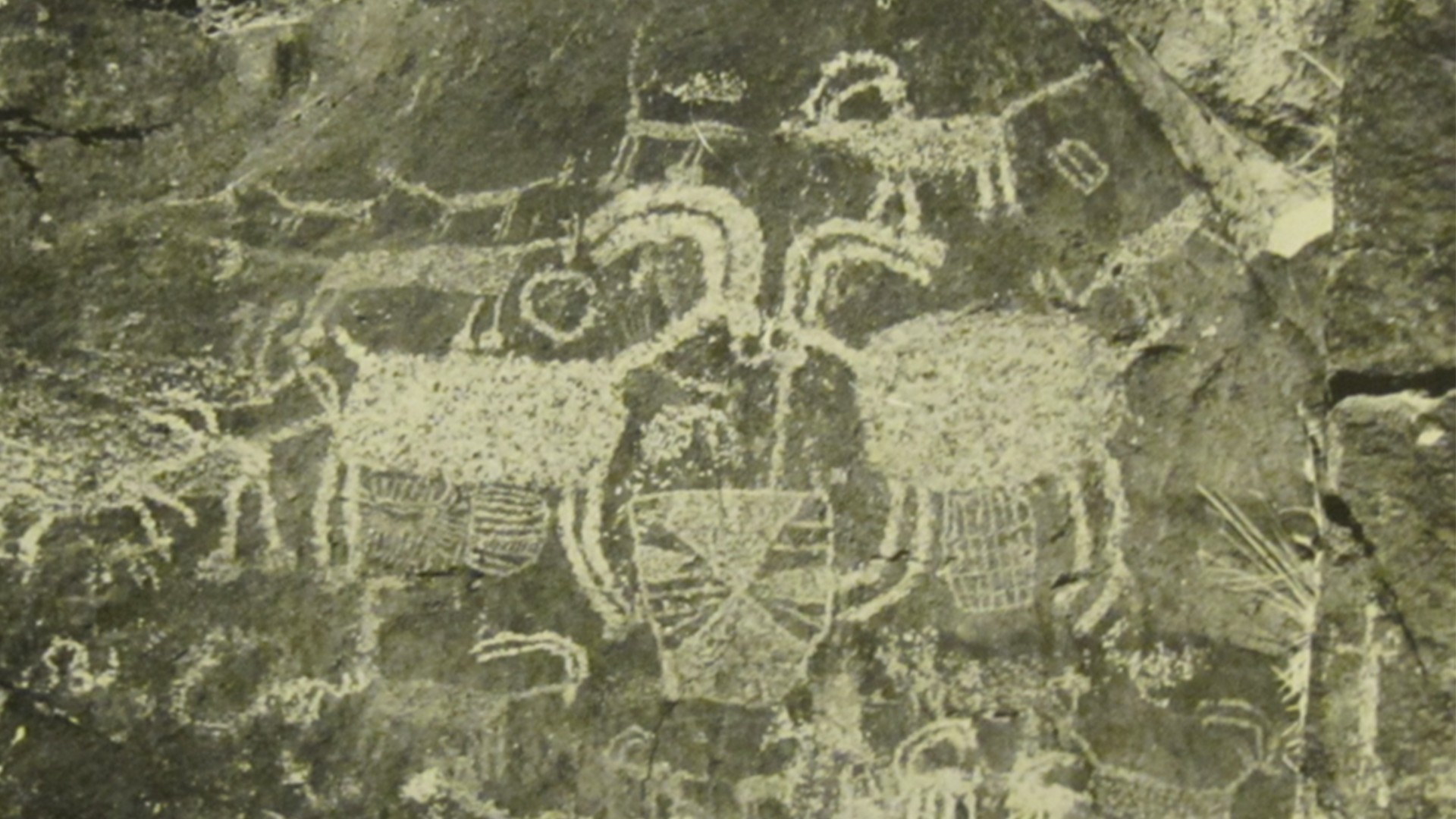It took about 1,000 years for an ancient Peruvian civilization to finish the Nazca Lines, miles of lines etched into the desert depicting plant and animal life, and we're still studying the drawings two millennia later. But it only took a confused trucker about an hour to wreck part of the cherished site—taking his big rig off-roading into the desert, tearing over the Nazca Lines, and leaving "deep scars" on the historic artwork, NPR reports.The driver was cruising down the highway Saturday when—despite signs telling him he was passing a UNESCO World Heritage Site—he decided to veer off into the desert, according to Peru's Ministry of Culture. As he plowed his rig through the sand and dirt, he tore up at least three of the ancient line drawings under his wheels, irreparably damaging what UNESCO calls "the most outstanding group of geoglyphs anywhere in the world."
Advertisement
The driver, Jainer Jesús Flores Vigo, told police he didn't know the area, and that he'd been forced off the road because of a problem with his truck. But some seem to think Flores might have hopped off the highway to avoid paying a toll, careening into one of archaeology's greatest mysteries so he wouldn't have to cough up a few bucks.Now it looks like that wrong turn could be costing him a whole lot more. If he doesn't show up to court while prosecutors look into what really happened, Flores could end up paying a $1,500 fine or spend nine months in jail, Peru 21 reports.Archaeologists are still struggling to understand the significance of the Nazca Lines, which stretch up to 30 miles across the desert and depict birds, monkeys, spiders, and whatever this is:But they attract a lot of unwanted attention, too. Local officials plan to ramp up surveillance in the area to protect the glyphs by sending out drones to keep an eye on the sprawling site at night, Andina reports. But with hundreds of etchings to protect against the countless idiots who ruin priceless art year after year, it's tough to say how much good a few flying robots are really going to do.Sign up for our newsletter to get the best of VICE delivered to your inbox daily.Follow Drew Schwartz on Twitter.Related: Ancient Petroglyphs

